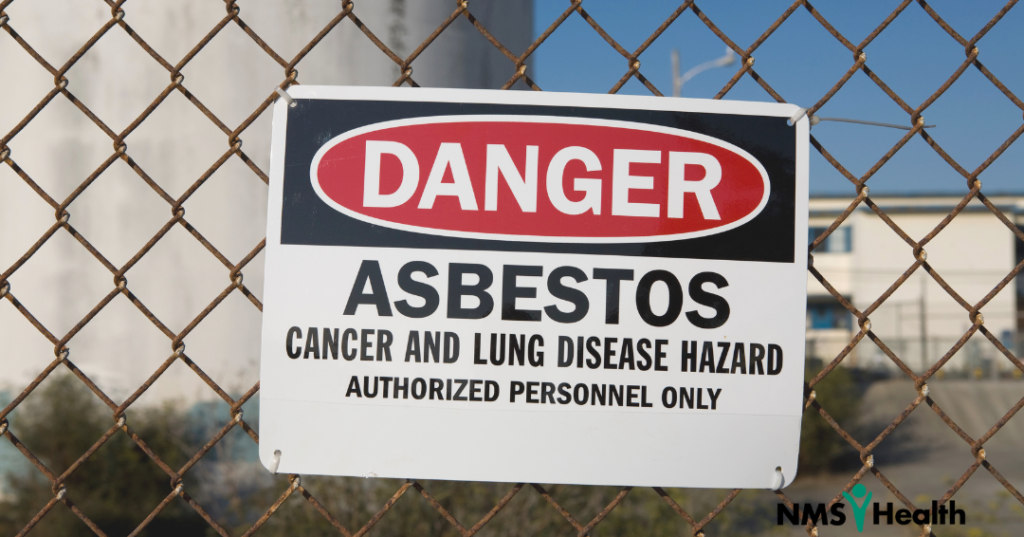Recent findings suggest that there’s an elevated exposure risk for electronics waste recycling workers. A Centers for Disease Control and Prevention (CDC) study found alarming levels of mercury contamination at an electronics waste and lamp recycling facility in Ohio, highlighting workers’ unique risks in these environments.
An employer’s concerns about mercury exposure on a worksite led to the April 2023 study by the CDC’s National Institute for Occupational Safety and Health (NIOSH). Investigators evaluated exposure risks through environmental air sampling, worker interviews, and urine testing over a two-day site visit. The results confirmed that mercury vapor was present throughout the facility, and six out of 14 workers had dangerously high mercury levels in their urine.
Why Mercury Exposure is Dangerous
Mercury is a highly toxic neurotoxin that can have serious health effects, even at low exposure levels. Mercury exposure can affect the body in different ways, depending on several factors:
- The form of mercury.
- The amount and duration of exposure.
- The age and overall health of the individual.
- The route of exposure — whether through inhalation, ingestion, or skin contact.
Symptoms of mercury exposure can range from subtle cognitive changes to severe neurological disorders. It can also cause kidney dysfunction and reproductive health issues.
Five of the six affected workers in the study reported symptoms consistent with mercury toxicity, including:
- Metallic or bitter taste in the mouth
- Difficulty concentrating or thinking clearly
- Personality changes, mood swings, or anxiety
Why E-Waste and Lamp Recycling Workers Face Higher Risks
Workers in electronics waste and lamp recycling facilities are at greater risk of mercury exposure due to the crushing and processing of mercury-containing materials. When lamps are broken down, mercury vapor and dust can become airborne, creating a significant inhalation hazard. When people breathe in mercury, they rapidly absorb it into the bloodstream, leading to serious health risks.
Findings from the CDC Site Visit
During the two-day site visit, CDC and NIOSH researchers collected 171 air samples and found mercury vapor throughout the facility, including in non-production areas. Personal air monitoring confirmed that five of six workers in the lamp recycling area had mercury exposure above the recommended limits. Spot urine testing revealed that six out of 14 workers had elevated mercury levels, and five of these individuals reported symptoms consistent with mercury toxicity.
Investigators also found that language barriers and short job tenure were key factors in exposure risk. Four of the six workers with high mercury levels were not fluent in English, raising concerns that training and safety instructions were not effectively communicated. The facility’s workers averaged just eight months on the job, suggesting they may not have received thorough training in safe handling procedures.
Additionally, PPE was inconsistently used throughout the facility, even in high-exposure areas where respirators were mandatory. Observers saw workers improperly wearing or removing their respirators and sporadically using gloves and protective clothing. Researchers found one worker wearing an N95 respirator with one strap cut off, compromising its seal. Worker interviews confirmed these observations. Some workers reported challenges with the fit and comfort of their PPE. Others cited a lack of understanding regarding the proper use and maintenance of equipment.
Recommendations from the CDC
The CDC recommends that employers implement stronger controls based on the Hierarchy of Controls to reduce mercury exposure and improve worker safety. These strategies include enclosing spaces with the highest potential for mercury exposure to prevent contamination of nonproduction areas, improved ventilation, use of appropriate PPE, regular exposure surveillance, and training programs tailored to worker needs.
“As the electronic waste recycling industry continues to grow, it is important for employers to evaluate mercury exposure and safeguard employees using a hierarchy of controls.”
Ready to elevate your workforce’s health? Partner with NMS Health for your occupational health screenings and vaccinations. With NMS Health, you are not just identifying and preventing future illness; you’re investing in a safer, healthier future for your team. Get started today!


